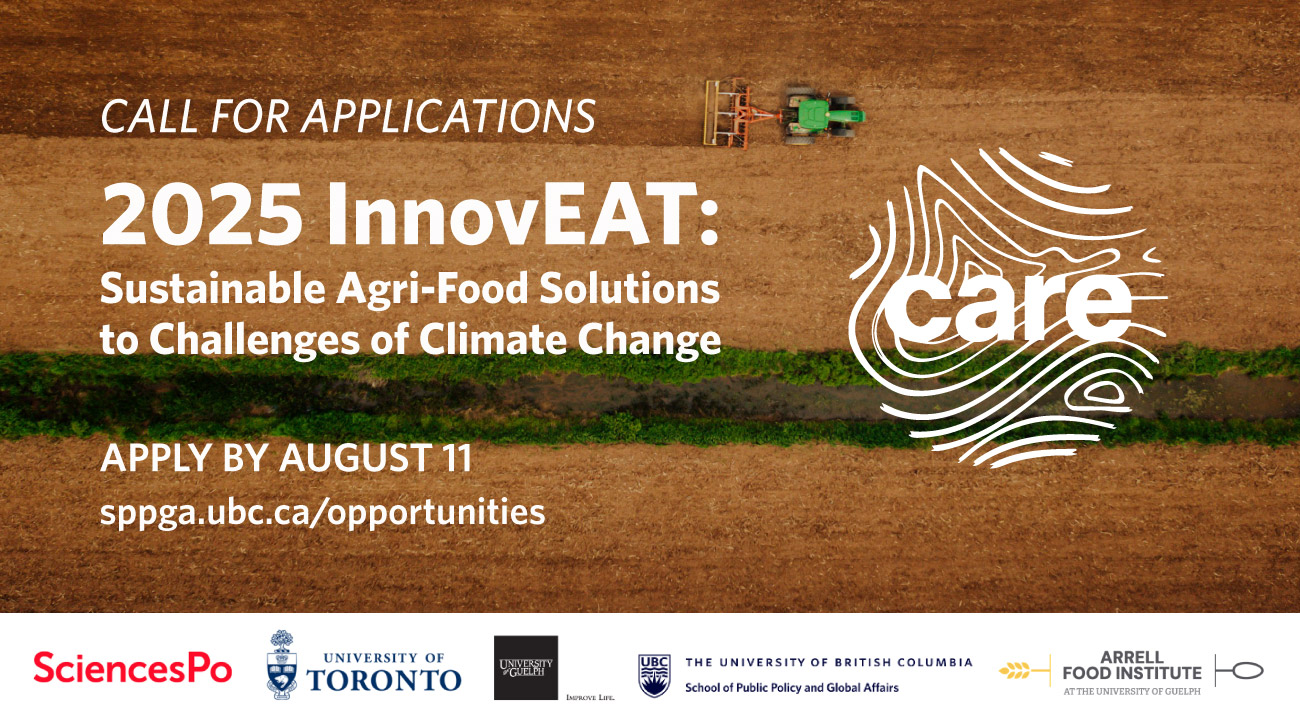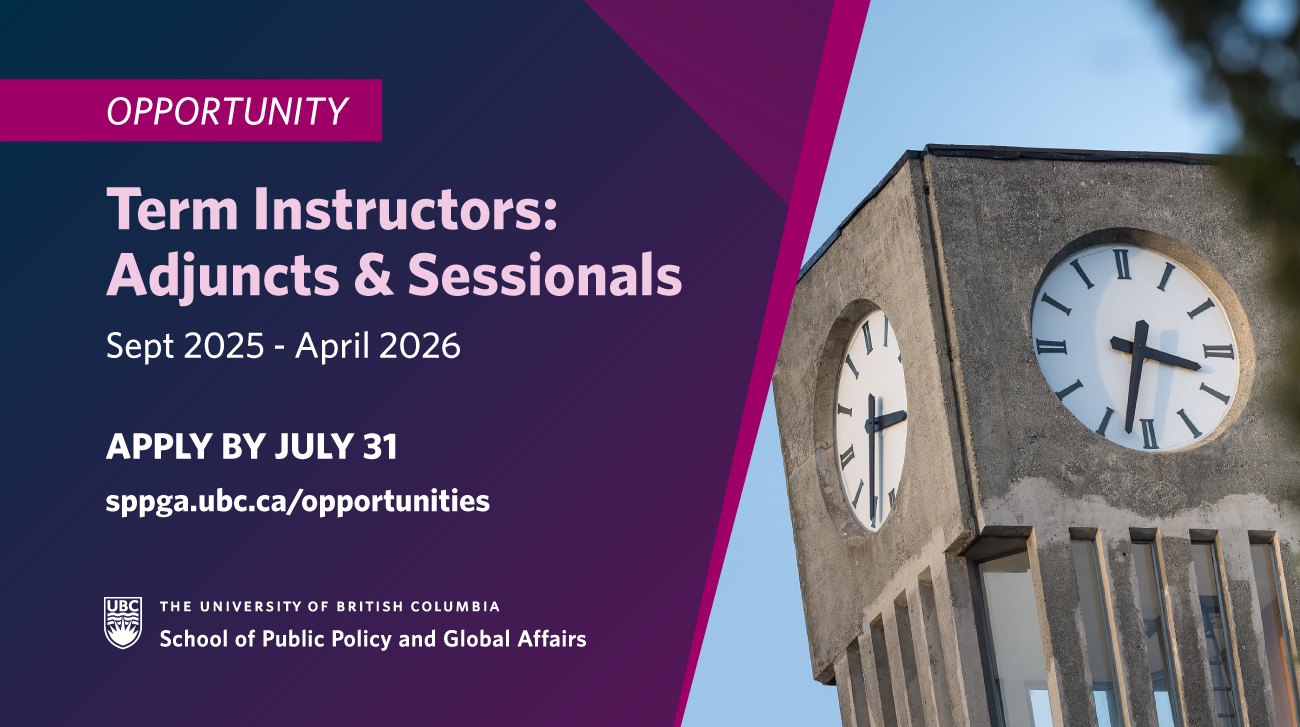When US scholars speak of “sovereignty”, what do they mean?
Michael Byers (Professor, UBC)
Adriana Sinclair (Former Postdoctoral Fellow, UBC)
September 28, 2006
This article examines American conceptions of sovereignty -as they appear in the writings of US scholars of international law, and those US international relations scholars who deal with international law. At first glance, the US literature is dominated by two distinct conceptions of sovereignty: (1) A statist conception that privileges the territorial integrity and political independence of governments regardless of their democratic or undemocratic character; (2) A popular conception that privileges the rights of peoples rather than governments, especially when widespread human rights violations are committed by a totalitarian regime. However, on closer examination, the two conceptions are in fact different manifestations of a single, uniquely American conception of sovereignty – one which elevates the United States above other countries and seeks to protect it against outside influences while, concurrently, maximizing its ability to intervene overseas.
The single conception of sovereignty is able to encompass both statist and popular sub-conceptions because the latter have different – though not mutually exclusive – agendas. The statist conception is concerned with protecting the United States against outside influences and has little to say about the sovereignty of other countries. The popular conception is concerned with limiting the sovereignty of other countries and has little to say about the sovereignty of the United States. This article exposes the single US conception of sovereignty – as it exists in the academic literature of international law and international relations – and arrives at some tentative conclusions derived from the unique position and history of the world’s most powerful state.
TranState Working Papers No. 44
Click here to learn more about Transformations of the State Collaborative Research Centre, supported by the University of Bremen, the International University Bremen as well as the Bremen University of Applied Sciences.
Click here for the full article.


